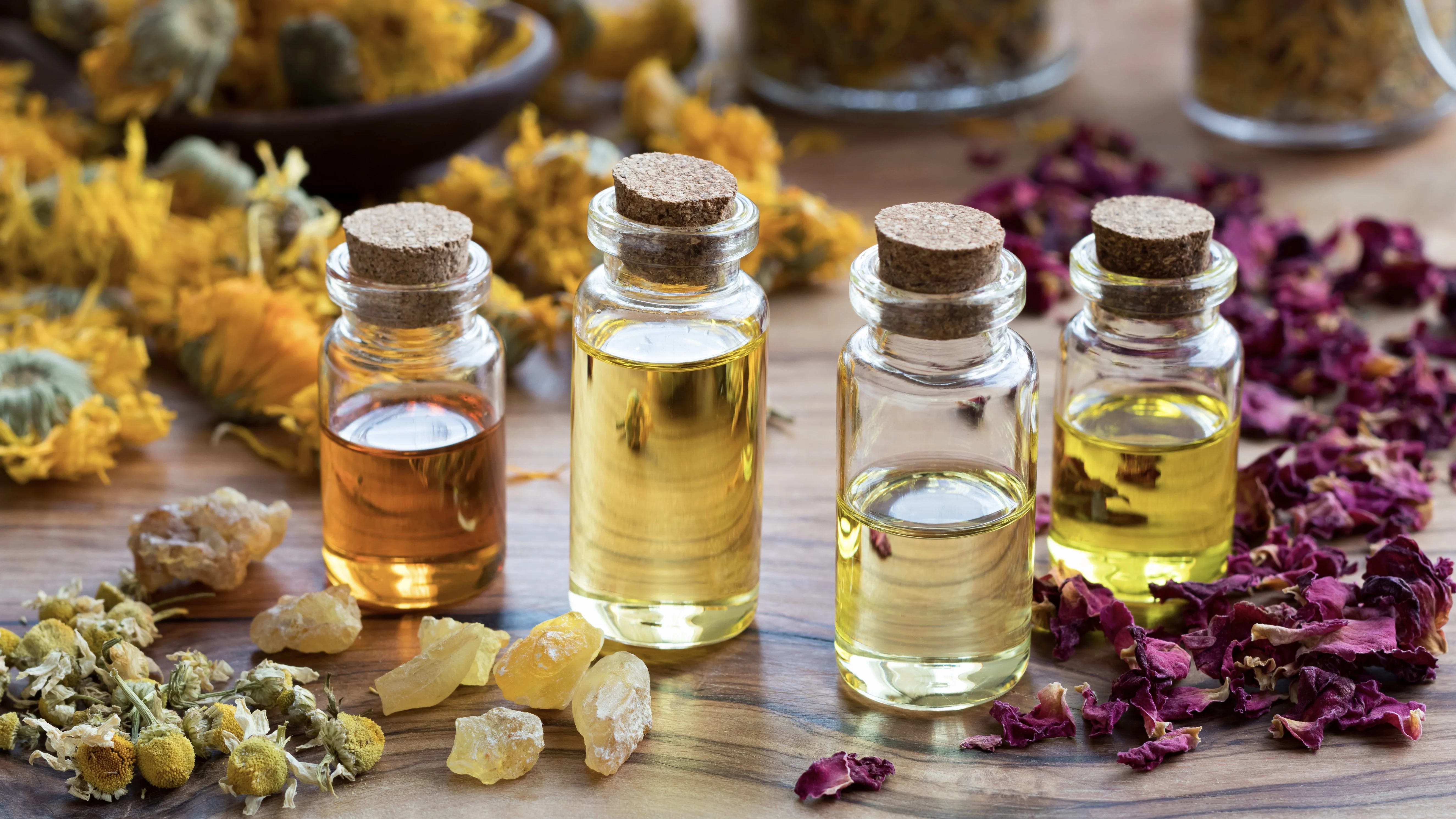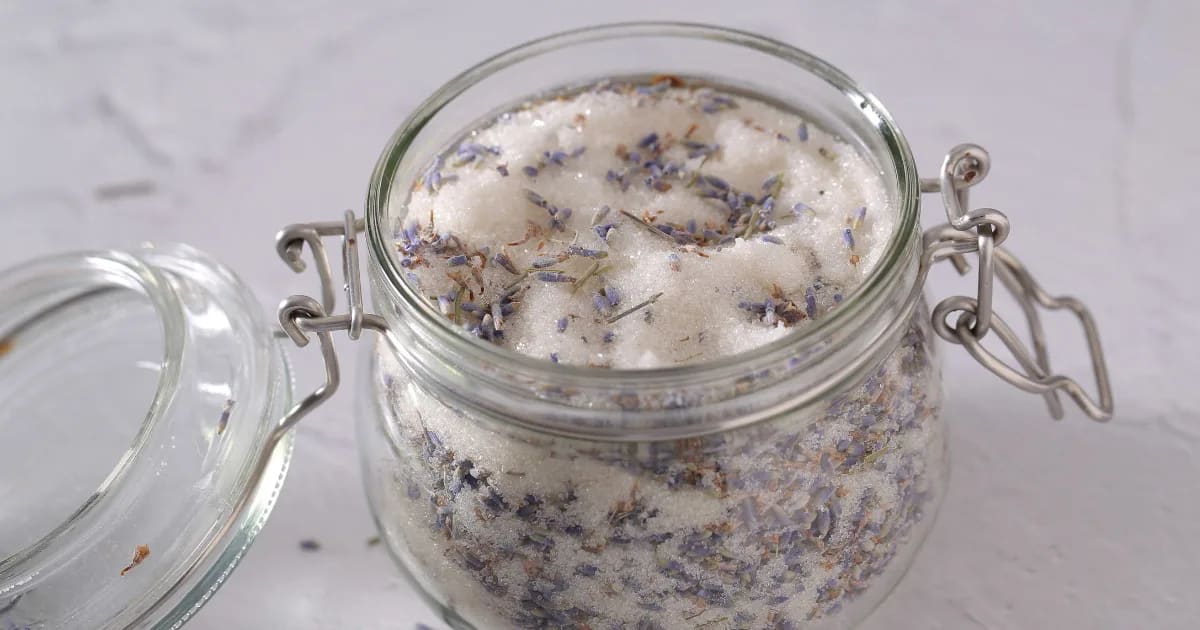How to Make Carrot, Cypress & Lavender Hand Soap

DIY Lavender hand soap with Carrot & Cypress essential oils
For all of humanity's technological developments, washing your hands with soap and water remains one of the most effective ways of getting rid of germs and microbes—including bacteria, viruses, and fungi.
We explained how soap works in a recent blog post:
A surfactant substance [such as soap] is made of molecules with two ends:
One end that's attracted to water.
One end that's NOT attracted to water. This end is drawn to other substances, like dirt.
When a surfactant molecule is applied to a surface—such as your skin—one end of the molecule is attracted to dirt [and germs]. But the water-loving end of the molecule is just hanging out there, not doing anything... until water comes along!
Then the molecule's water-loving end grabs the water and gets rinsed away.
Learn more about soap and surfactants!
This Carrot, Cypress & Lavender Hand Soap is made with gentle liquid Castile soap and three essential oils. After the recipe, I'll explain how each essential oil contributes to its microbe-reducing effects.
Carrot, Cypress & Lavender Hand Soap
50 ml PET foam soap bottle
40 ml liquid castile soap
12 drops Wild Carrot essential oil (Daucus carota)
10 drops Lavender essential oil (Lavandula angustifolia)
8 drops Cypress essential oil (Cupressus sempervirens)
When you pour your castile soap into the PET bottle, you'll notice it doesn't reach the top. That's because we want to leave space in the bottle for the bulky top—creating the luxurious foaming action!
Making this hand soap is easy. Just pour the Castile soap into the bottle, then add the drops of your essential oil.
Ensure the foamer pump top is securely in place before gently shaking your blend to distribute the oils through the hand soap.
Cypress essential oil
Cupressus sempervirens
Cypress essential oil is rich in a-pinene, which contributes to its ability to reduce the presence of various bacteria, viruses, and even fungi.
This resinous, smoky, pine-woody oil offers emotional balance and security, even when the world feels topsy-turvy. Cypress helps you take deep, calm breaths and is a valuable addition to blends during cold and flu season.
Lavender essential oil
Lavandula angustifolia
Lavender is rich in linalool—one of the most widely studied essential oil constituents, shown in studies to have a broad range of antimicrobial effects.
Lavender's soft, floral scent, along with its wide variety of benefits, has made it one of the most popular essential oils in the world. In addition to purifying and protecting skin, its ultra-calming effects help to relax the nervous system, allowing your immune system to stay strong.
Wild Carrot essential oil
Daucus carota
Wild Carrot oil is rich in a-pinene, synergizing with Cypress. It also contains about 39% geranyl acetate—an ester that helps reduce bacteria and fungi.
Wild Carrot oil is distilled from the whole plant, also known as Queen Anne's Lace, the ancestor of edible carrots. It has a light, woody, slightly spicy scent. It's also used to calm muscle cramps. (Don't confuse this oil with Carrot Seed, rich in sesquiterpenes and well-loved for skincare! By looking at the geranyl acetate content, you'll know that you have the right oil.)
Have fun washing your hands with your beautiful homemade hand soap!





